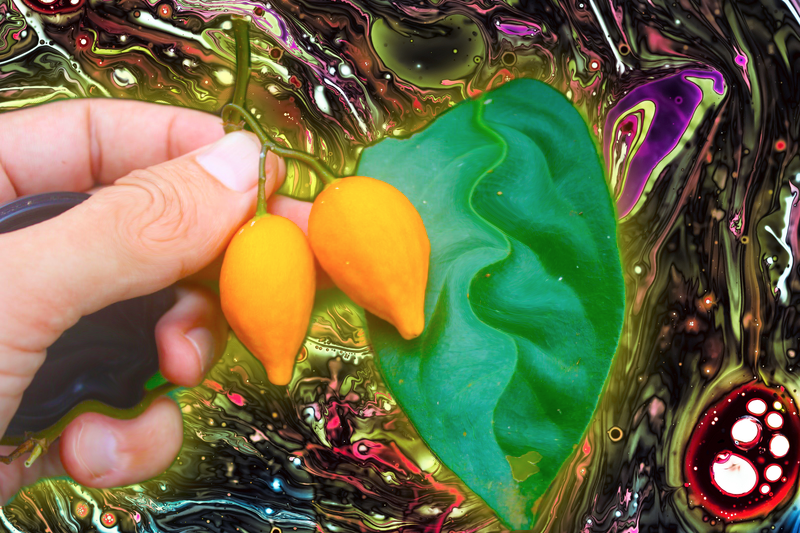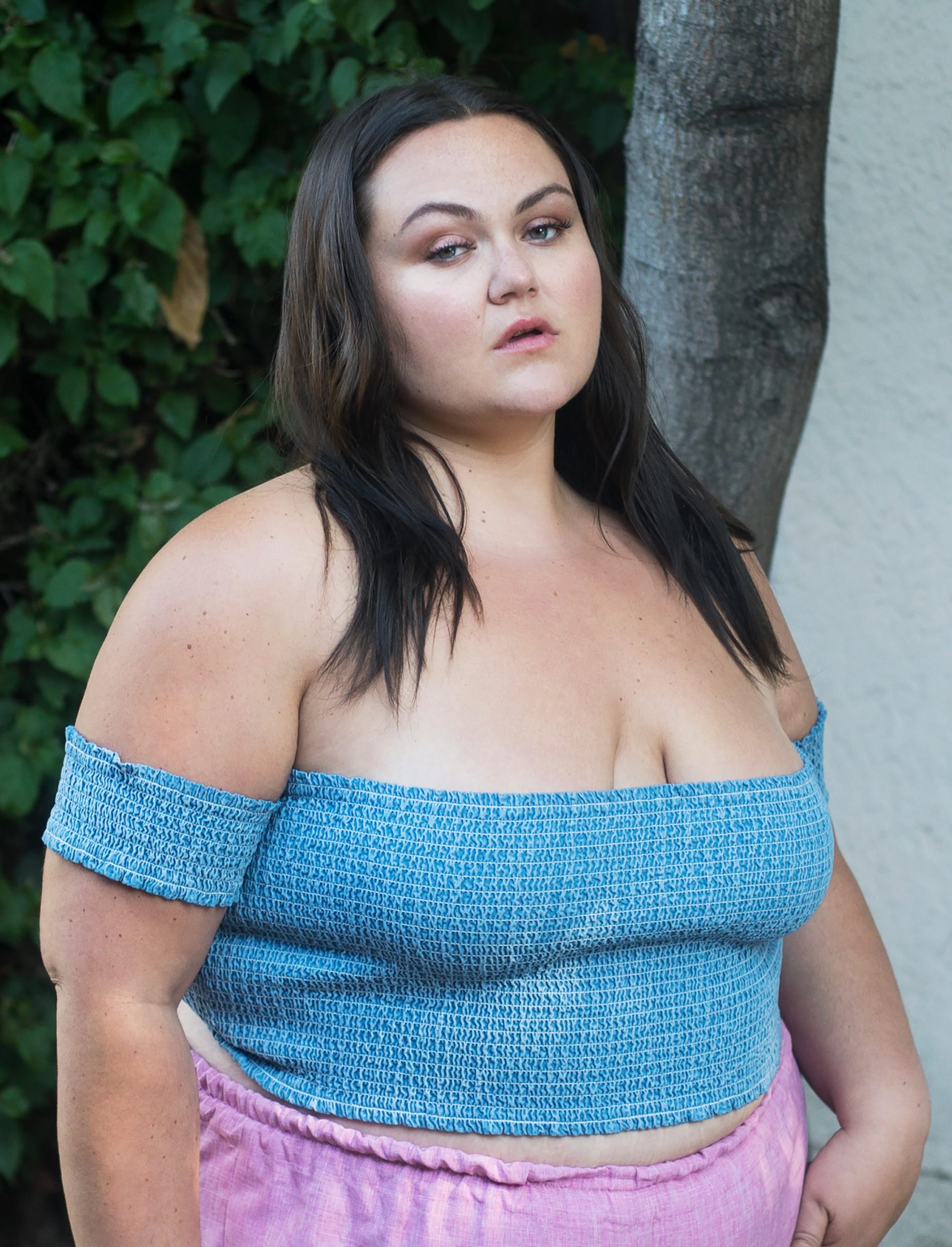The drug in question is called ibogaine. It’s a natural substance derived from the iboga plant that’s been shown to be helpful in detoxing opiate addicts and keeping them clean. A lot of that research has been conducted by Dr. Debra Mash, the founder and CEO of DemeRx, a company working to develop both ibogaine and its deritivite, noribogaine, as legal medications. And while Mash first got approval from the FDA to research the drug in 1993 and again in 1995, the U.S. remains one of the few countries where ibogaine is illegal.
For that reason, Mash started an R&D company called Healing Visions on the Caribbean island of St. Kitts. She ran the program from 1996 to 2005 and is now using much of the data it generated to support the new drug applications she’s planning to file with the FDA. She’s hoping that the agency will give her the greenlight sometime later this year, especially in light of the renewed emphasis by the Trump administration on the country’s opioid crisis. And while she maintains that ibogaine isn’t a “miracle drug,” the potential impact of a pharmaceutical version in the U.S. sounds pretty close to it.

Why is ibogaine such an effective drug for detoxing opiate addicts?Cutting opioids cold turkey makes people very, very sick. So when they try to get clean, they have to go into a hospital or hospital-assisted detox or go on suboxone or methadone to block the withdrawals. But ibogaine’s metabolite, noribogaine, sticks around in the bloodstream longer and works to reset neurotransmitter systems in the brain that are implicated in the addiction circuit. In creating the pharmaceutical version, we extended the amount of time it lasts in the blood, effectively blocking the signs of withdrawal for longer and giving people more of a safety net.
How do your patients describe the hallucinogenic aspects of ibogaine?People who’ve taken every type of psychedelic substance say that ibogaine is very different than most of the others. Not everybody experiences the visionary effect of the drug, but some people liken it to a waking dream state where they relive certain parts of their life, develop deeper awareness of their self-destructive behaviors and even see many of the bad things that have happened to them while high or under the effects of drugs or alcohol. That’s why it’s so useful as a transition to sobriety.
We also fostered the psychotropic effects of the ibogaine experience. At one point, I told the head therapist and other members of my team that the plan was to develop the ibogaine pharmaceutical without the psychotropic effects, but they were like, “No, you can’t do that. We need that part.”
Besides its hallucinogenic properties, what differentiates ibogaine from methadone, which has been FDA-approved for treating opiate addiction since 1972?
Ibogaine isn’t a substitution therapy; methadone and suboxone are. You take ibogaine one time, you take methadone every day. Many people have a difficult time of tapering off with methadone or suboxone, so they don’t and become dependent on it. Ibogaine isn’t a cure, but it’s a powerful first step on the road to recovery for many.
I’ve seen it get intractable addicts — people who have used hard drugs for 10 or 15 years — out of their addiction. It throws them out of their same loop and allows them to access insights and create a plan for themselves. It gets at issues deeper than addiction — the issues behind someone’s addiction, which is important because for a lot of addicts, it becomes hard to tell whether they were depressed to begin with or are depressed because of their drug use. Plus, when you chronically use drugs, it’ll actually remodel the brain. We even know now that opioids have an effect on the model of DNA.
So ibogaine treatment could also increase the effectiveness of rehabs in the U.S., which have a pretty low success rate as is.
Yes, the effectiveness of rehab is going to be stunning if you combine it with ibogaine. When you combine these programs with ibogaine, you’ll see much better numbers in terms of the success of patients. But again, you can’t recover from ibogaine alone; you’ve got to work a program. In St. Kitts, many of our patients went into treatment that we’d arrange as part of an individualized aftercare plan. Some didn’t and chose to begin a 12-step program or work with their own case managers or doctors instead. Either way, they were working a program in addition to their ibogaine treatment.
What about the popularity of ibogaine clinics abroad? A lot of Americans are turning to them for the treatment, often desperately, but do you trust all of them in the same way you trusted your own clinic in St. Kitts?
Here’s what happened: Because of the work I published in the 1990s and early 2000s, a collection of pop-up clinics started, often run by people who aren’t skilled in administering ibogaine. I consider many of these places unsafe settings to take the drug. It raises terrible concern, and I don’t think those seeking treatment should ever have to put themselves in harm’s way.
But until ibogaine is more accessible in the U.S., what kind of advice do you have for Americans considering treatment abroad?
Do your homework, and make sure the people who are going to be administering the ibogaine have some experience with it. Also, keep in mind that much of the time, you don’t know what you’re taking. You don’t know that you’re really receiving ibogaine. There are people claiming to be doctors who really aren’t, and there are websites who advertise medical doctors on staff who aren’t there when you arrive.
This sounds like all the more reason for Americans to be able to access ibogaine as a pharmaceutical.
Absolutely. My goal right now is to work in a collaborative way with the FDA. The FDA is always extremely helpful to us, but they have a certain set of requirements they demand in order for them to give you the green light to go forward. But because of the current urgency of the epidemic and because people are dying, I believe there should be expanded access to ibogaine in the U.S. as soon as possible.
We’ve assembled a group of doctors and people who are experienced in drug development and also have an understanding of the type of regulatory processes that are required by the FDA so that we can fast-track this. We don’t want to make any mistakes; we want to bring this to the people who are desperate to have access to it.
How did you hear about ibogaine in the first place, and what inspired you to start experimenting with it?
I founded the Brain Endowment Bank at the University of Miami and directed it until last year. That meant I moved back to Miami at the height of the city’s cocaine epidemic — about 30 years ago. Because of that, I have one of the largest postmortem collections of brains from individuals who used cocaine, opioids and other drugs. Similarly, we got national recognition for identifying the metabolite of cocaine and alcohol, called cocaethylene.
After that, in the early 1990s, I started hearing about ibogaine. I thought, What is this? At first, it didn’t sound like anything I wanted to know about. But I must have heard about it three more times. The third time was from [ibogaine pioneer] Howard Lotsof. I asked him all about how it worked and what kind of studies he’d done. So he flew down to Miami with a box of papers, no real scientific data, but information from an underground railroad of addicts helping addicts he was working with — they’d go over to Amsterdam for treatment. I actually got on an airplane with one of my medical colleagues from the University of Miami and went to Amsterdam to see it with our own eyes. I saw people detox with ibogaine, but I couldn’t do any research there. Instead, I froze their urine and brought it back. That’s how we identified the active metabolite of ibogaine.
At that point, I was hooked on studying it.

